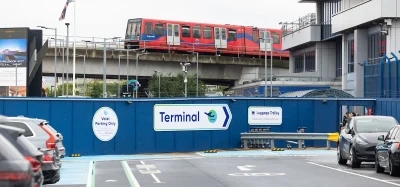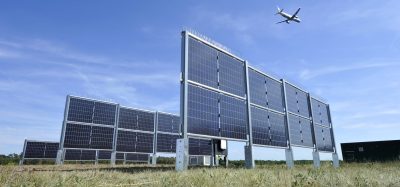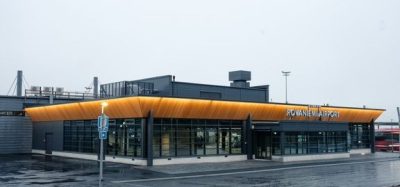Munich Airport’s crew of 179 works with state-of-the-art equipment to help airlines stay on schedule
Posted: 25 January 2016 | Munich Airport | No comments yet
Munich Airport reveals how deploying a crew of 179 and state-of-the-art equipment helps maintain flight operations on runways, taxiways and aprons during winter weather conditions.
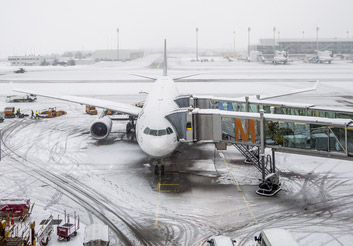

To ensure uninterrupted flight operations on the runways, taxiways and aprons, Munich Airport deploys up to 179 Winter Services employees with their special vehicles per shift. The two runways and the taxiways are constantly cleared of ice and snow by a total of 22 air blast sweepers, six snowploughs and other sprayers and grit spreading vehicles. It takes just 25 minutes to clear a runway at Munich Airport.
25 minutes to clear a runway at Munich Airport
The Munich Airport Winter Services can draw on a pool of 540 employees. A total of 47 permanent employees of FMG are scheduled to support the crews, mainly in management or supervisory roles. In addition, some 40 casual staff are hired in each winter period under seasonal contracts. Providing the human resources backbone of the airport’s Winter Services are some 390 farmers and truckers from the immediate vicinity of the airport. Working with more than 155 of their own vehicles, they are brought in to clear snow and transport it to dumping areas. The winter services fleet has approximately 196 vehicles for the non-public and public areas. The space to be cleared at Munich Airport amounts to over 4 million square metres: more than the total area of Munich’s spacious Englischer Garten Park.
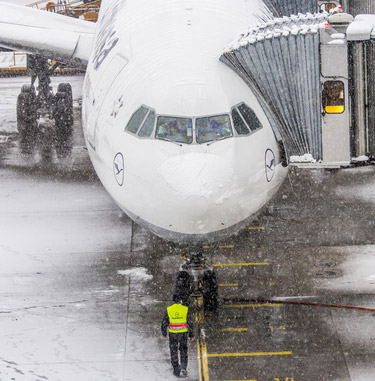

The Winter Services crews are put on the alert by the FMG Traffic Management Center, which is in charge of monitoring the condition of the airport’s operational areas around the clock. In addition to up-to-the-minute forecasts provided by the German Weather Service, the Traffic Management Center is supported by an ice detection early warning system that continually retrieves updated information from 18 measurement stations distributed across the airport. In addition, special vehicles continuously test the braking coefficients on each runway.
Join us live: Shaping the Next Generation of Hold Baggage and Air Cargo Screening
Join us live for an insightful webinar on 11th December at 14:00 GMT, in collaboration with Smiths Detection, as we explore the strategic balance of operational efficiency, regulatory compliance, and sustainability in high-volume security environments.
This session offers a focused look into future-proofing your security strategy.
Key learning points
- Cost Reduction: Strategies to minimize bag travel time while simultaneously reducing operational costs.
- Regulatory Roadmap: Insights into the next wave of regulatory changes and their impact on future investment decisions.
- Sustainable Systems: Practical approaches to building sustainability into security systems and lowering the total cost of ownership (TCO).
- Scalable Solutions: Real-world examples of scalable systems supporting current airport growth and preparing for tomorrow.
Register now for expert insights, case studies, and actionable strategies on operational efficiency!
Mechanical removal of ice and snow instead of chemical methods
For environmental reasons, priority is given to mechanical removal of ice and snow as opposed to chemical methods. The spraying of a surface de-icing agent is necessary only when there is a risk of icing on flight operation areas. On some surfaces quartz sand is spread instead of de-icing agent. On both sides of the runway, the melting fluids are collected and channelled into holding basins via reinforced concrete gutters. From there they are pumped to a water treatment plant in Eitting.
The International Airport Summit is open for registration!
Date: 19 – 20 November 2025
Location: JW Marriott Hotel Berlin
At our flagship event of the year, we will dive into the future of airport operations, with expert-led sessions on passenger experience, innovative smart technologies, baggage handling, airside operations, data, security, and sustainability.
This is where global airport leaders come together to share insights, challenges, and real-world solutions.
Limited complimentary passes are available for eligible professionals – first come, first served!





